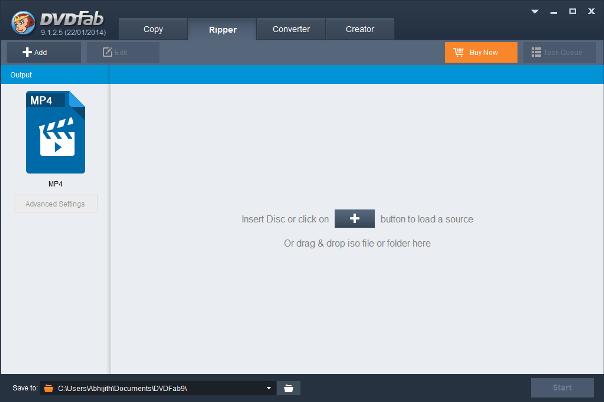You’ll read more and more about how a real estate video tour is better than a virtual tour, but sometimes it is glossed over. It’s important that you understand the difference, because if you don’t have a background in the technical side of things, they may seem very similar to you. So, first, understand the differences, which are laid out in some information from a blog posting comparing the two.
What is a Virtual Tour?
A virtual tour is basically a bunch of still images connected together in a virtual tour that allows the user to click around and move the camera to see a 360 degree view of a room or home. The problem is that because the images are connected together, there may be poor image quality and pixilated images. It still gives the user a better perspective of how the home is connected than a still photo, but the quality of the images is definitely inferior to still images and video. As a result, virtual tours are a lot less popular than they used to be.
What is a Video Tour?
A real estate video tour is simply a video navigating its way through the home and providing a range of views of different rooms. The video quality can be a lot better than the quality of a virtual tour, so it has some serious advantages in that regard. It should be noted, though, that you will see a wide variety of real estate video tours. Some will have excellent quality, while others have poor quality due to lighting issues or equipment issues. Sometimes the video will be so dark and shaky that it isn’t really useful to the home-buyer and it may even dissuade them from being more interested in the property.
Advantages of Video Tours
There are a number of benefits of video tours. One of them is that the videos can be placed on social media websites such as YouTube, which potentially exposes the video to a larger number of home-buyers. This can also create more traffic to the realtors website and listings in general, which is good for business.
In addition, the video can be edited down to the right length and narration can be scripted and added. In general, a real estate video tour allows more control than a virtual tour. This means that the home can be shown in a better light and with the best possible description.
Finally, a video tour enables the producer to edit the order in which rooms are shown, as opposed to a virtual tour that gives the user more control. While they’ll still see the same rooms, the order can be set so that the strong points of the home are showcased first and the weak points are at the end. This will help the video tour to make the best impression possible.
Working with an expert who specializes in real estate video tours will make it easier to capitalize on all of the advantages.


